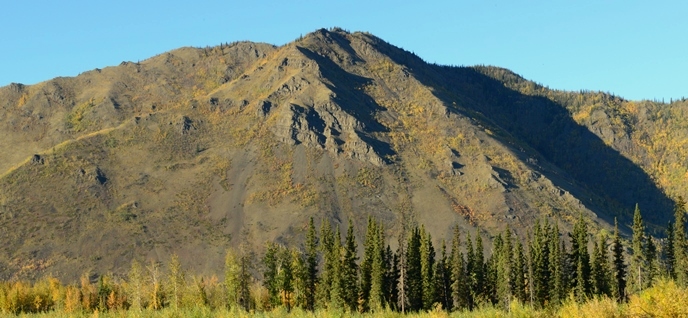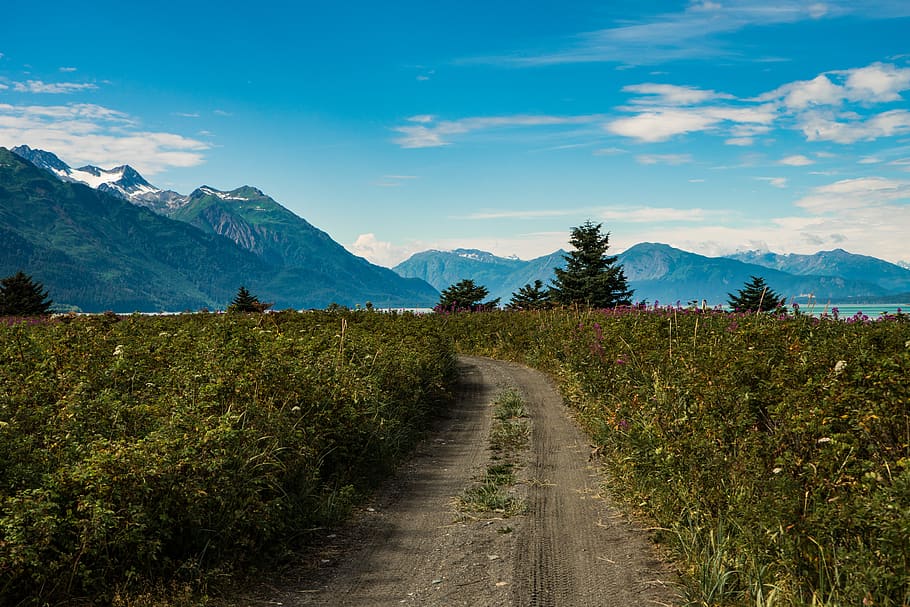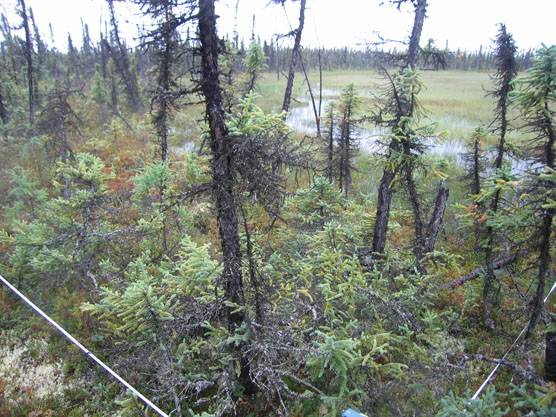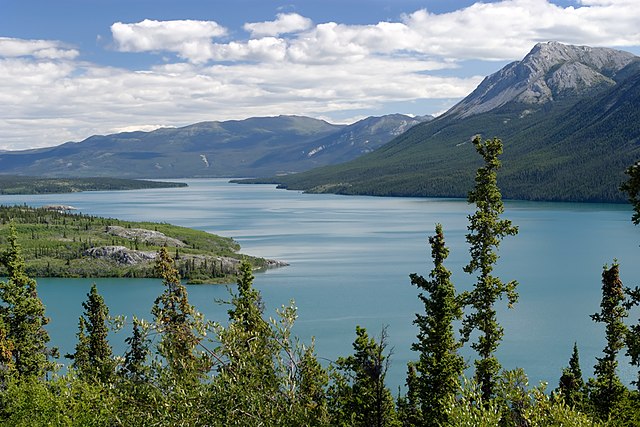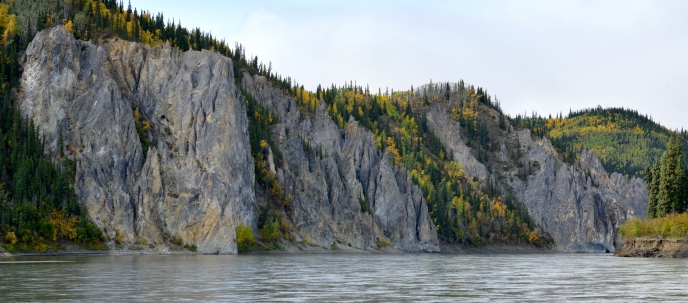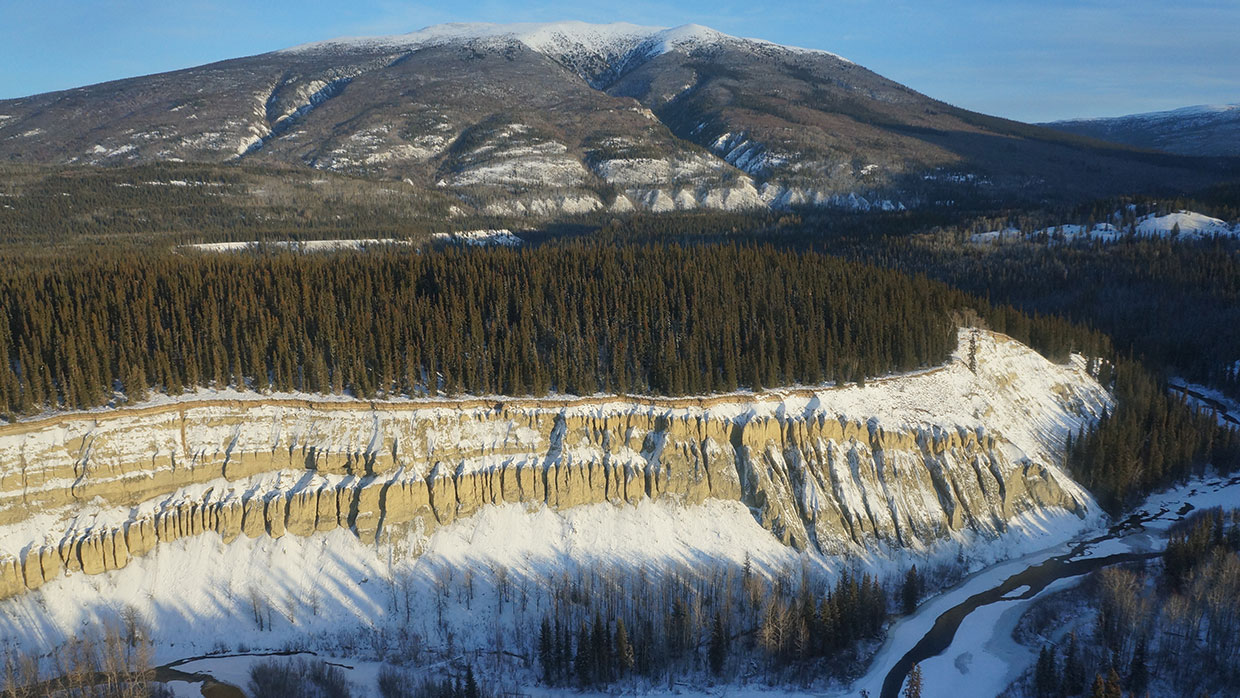Okay, now we start actually generating princes, who are the actually interesting part of this. This is also where I've started to diverge more overtly from the base rules in Renegade Crowns. One of my personal pet peeves in a lot of generation sets is that the results aren't often very applicable at the table or communicable to the player. Stuff should be gameable, should be levers that the players can pull to make things happen.
Also I added some extra tables for standards and aesthetic that were fun to write just for their own sake.
Oh, also also. Some of the tables have two different rolls you can make on them. One option has a curve or asymmetrical spread. The other option is a flat spread. The first one is based on my gut feeling for how frequent or prevalent some results should be. Use the other if you dgaf about that. You'll probably end up with more interesting results, honestly.
If you need to know the pronouns and age of a character, use these:
Pronouns
d8 d6
1-3 1-2 She/her
4-6 3-4 He/him
7-8 5-6 They/them
Age
2d6 d6
2 1 Late teens (16+d4)
3-4 2 Twenties (20+d8)
5-6 3 Thirties (30+d8)
7-8 4 Forties (40+d8)
9-10 5 Fifties (50+d8)
11-12 6 Old (60+d20)
The Princes
First step: how many princes? Pick one of these options based on plans or gut feel. Or choose one randomly?
- d10 princes
- 2d4 princes
- 6 princes
At the end of the process you can always add more in if you feel there's gaps that should be filled or you've got a cool idea or w/e.
Type of Prince
Figure out the Prince's archetype. Roll a d20+d4.
1-2 Outlaw (1 Bandit, 2 Noble Robber, 3 Revolutionary, 4 Exile)
3-4 Chieftain (1 Elder, 2 Oracle, 3 Warleader, 4 Chosen One)
5-6 Lord (1 Heir, 2 Usurper, 3 Acclaimed, 4 Regent)
7-8 Knight (1 Warlord, 2 Sworn Knight, 3 Peasant General, 4 Crusader)
9-10 Priest (1 Bishop, 2 Abbot, 3 Cult Leader, 4 Saint)
11-12 Wizard (1 Ivory Tower, 2 God-King, 3 Archdruid, 4 Mad Scientist)
13-14 Merchant (1 Oligarch, 2 Landlord, 3 Gangster, 4 Caravaneer)
15-16 Mercenary (1 General, 2 Peasant, 3 Renegade, 4 Sergeant)
17-18 Adventurer (1 Fighter, 2 Rogue, 3 Cleric, 4 Magic-User)
19 Monster (1 Rakshasa, 2 Construct, 3 Medusa, 4 Sphinx)
20 Free State (1 Democratic, 2 League, 3 Post-Revolution, 4 Communist)
Outlaws are princes who built their power base outside the law or society. Their hold on power is likely to be based on personal charisma and direct force, and they do not present as a legitimate authority. Given time, and assuming they survive, they will likely become one of the other archetypes. Outlaw courts are rougher and more openly antagonistic than others, as the courtiers jockey for position and influence, and still behave in ways more appropriate to their former ways.
- Bandits were outright criminals, violent and lawless. They likely still behave like a gang boss.
- Noble Robbers were criminals with a cause, or the very least a code. Robin Hood, Kuni Garu, etc. Likely to be popular with the people, but may not be any better at administration than a Bandit.
- Revolutionary. This is an individual who let a revolution or uprising against the previous prince. Like the other Outlaws, this Prince's hold on power is still tenuous and directly applied.
- Exile. This prince was once exiled from their home realm (whether this one or another) with a band of followers and has since taken over or created this princedom.
Chieftains are the leaders of a group related by family or culture. Might be a large clan, part of an entire culture in migration, a people driven from their original home, or the like. Personal charisma and fitness are important to maintaining position for a Chieftain, but they are also supported by tradition and familiar bonds. Consensus and broad agreement are likely important to these leaders.
- Elder. A respected, uh, elder. Someone with age and experience. May not be literally the oldest, but definitely old and respected. May come from a significant family, or may be elected/nominated.
- Oracle. A person whose oracle powers of insight and foresight have been upheld as good leadership. This might be a generational manifestation, a specific occupation, or an individual granted power by acclaim.
- Warleader. This person has been placed in charge specifically for their ability to triumph in armed conflict. This may be a permanent appointment, or until the resolution of a specific crisis.
- Chosen One. Leadership was conferred on this prince because of destiny or prophecy or divine intervention. Such things rarely confer any actual skill at ruling, but they can make one popular... for a while.
A Lord is a prince whose power is autocratic and not dependent on the consent of the ruled and are focused on rulership. This includes traditional feudalistic princes. These princes tend to assume the trappings of a 'real' court, and act as though they are a prince (or king, or emperor) of more than just a handful of towns and poor farms.
- Heir. This prince inherited their position from the previous prince, by birth, adoption, or marriage. This is highly unusual (a prince's holdings rarely last past their death), and the prince is either exceptional enough to have kept power through the transition or in very precarious position.
- Usurper. This prince took the throne from the previous prince by force or guile, but kept the power structure around them mostly the same. They almost certainly have enemies loyal to the previous prince, and courtiers who believe the usurper's survival is tied to their own.
- Acclaimed. This prince was actually chosen by the people of the area, likely for doing something heroic like killing a dragon or the previous prince. Power has almost certainly gone to their head.
- Regent. This prince isn't actually a prince. Instead they are holding power in the stead of another - an absent prince, an underaged heir, etc. Just about everyone will assume they are using the regency as a way to take power, and they probably are.
A Knight is a prince who wields power as a military leader and to military ends. Their courts and a government tend to be organized along military lines. They may have come to power by conquest, coup, or even by request of the ruled - in a land of chaos, an iron fist may bring peace of mind. At least for a while.
- A Warlord is a conqueror. A former military officer who has claimed land for themselves as a military governor, perhaps after being disgraced or banished. Runs their princedom in military fashion and with military justice. Courtiers are officers, with increasingly grandiose titles.
- A Sworn Knight has a code of chivalry and conduct they adhere to (in name more likely than in practice). Combines the military dictatorship of a Warlord with the superiority complex of a Lord.
- A Peasant General was once a commoner, who formed an army out of other commoners and lead it to conquest. Now they are stuck between the worlds of commoner and ruler. Their courts are likely to be chaotic, and the prince themselves ill-at-ease with being a noble.
- The only thing less cooperative than a Knight is a Knight with religion. That's the Crusader, a military leader backed by fanaticism and usually a complete absence of critical thinking skills.
Priest. This leader is a religious figure, and derives their power from that status. How willing they are to treat with nonbelievers varies, but attaining any sort of status in the court or realm of all but the most tolerant of such leaders is impossible if you're a heathen.
- Bishop. This Prince wields both secular and religious power, being based at a central church or temple (usually a big expensive one) and holding temporal control over their lands. Church and state as one.
- Abbot. An Abbot is the leader of a monastic order. Their princedom may be the lands held by that order, or they may have taken the lay people under their protection.
- Cult Leader. This Prince is regarded as next to divine, and is the centre of a specific cult or sect. Their court and realm is likely disorganized and runs more on personal charisma and intimidation as anything else.
- Saint. This Prince is actually divine, or considered a messenger thereof. Devotion to this Prince is likely to be quite sincere, or at least a recognition of which way the wind is blowing.
Wizard. A powerful spellcaster could be a good Prince as they tend to be studious, experienced, and dangerous enough to scare off most threats. This is somewhat outweighed by the fact that wizards are, as a rule, bent as fuck.
- Ivory Tower. It may be difficult to tell if this wizard is actually aware they are a Prince, as they spend all their time in their wizard lair doing wizardy things. Their "subjects" may be simply pay the wizard for protection and "foreign affairs", or the wizard might have representatives that do the day-to-day governing for them.
- God-King. This wizard is extremely aware that they are a Prince and is planning on making everyone else aware of it, too. Magical megalomania is the word of the day, with probably a dash of personal cult mixed in.
- Archdruid. This wizard is actually a druid. Their domain is likely to be aggressively wilderness'd, and the subjects living in harmony of said nature, or in thrall to it. Strong possibility that courtiers are awakened animals/plants.
- Mad Scientist. A catch-all term for necromancers, golemists, mutators, hybridizers, and various other sorts of "I'm going to bend the laws of nature now, they'll see THEY'LL ALL SEE" mad cackling type wizard. The populace are probably cowed into submission for now, but the weather is always cloud with a chance of pitchforks and torches.
Merchant. Princes whose power derives from gold and treasure. They don't bring knives to a gun fight, they're selling them. Merchant princes tend to be more organized than other sorts, as business demands hierarchy and good record keeping, but they are just as prone to corruption and venality.
- Oligarch. This Prince is in power literally just because they are the richest bastard around. People want, need their money, and that gives them power. Plus they probably hire mercenaries.
- Landlord. This Prince is in power because they own all the land the people live on, and demand rents. There is a zero percent chance they came to own all that land in a benign or legitimate fashion.
- Gangster. This Prince is a straight-up mafioso. They rule through fear, instilled 'family' loyalty, graft, and grants of 'protection'.
- Caravaneer. This Prince built a trading empire, and conveyed that influence and wealth into temporal power. It may not even have been intentional. Caravans need protecting, which requires strong walls and sharp swords, and people look kindly on people who have them.
Mercenary. This Prince was once a soldier for hire. Assuming they don't become brutal tyrants (which is most of the time) a Mercenary prince can have success in these lands as they combine military prowess with organization and business sense.
- General. This Prince was head of their own mercenary army, an army they used to secure their princedom. They may have marched into these lands to take a princedom, turned on an employer, or simply wanted to be their own boss.
- Peasant. When common folk start defending themselves, or get driven from their homes, becoming sellswords might be preferable to becoming bandits. This prince is probably much more rough around the edges than a General.
- Renegade. This Prince was once a notable commander in a nation's army, before striking off on their own. They might have left for ambition, been banished, gotten cut off from the main army.
- Sergeant. This Prince was never a proper officer nor a nob, but a sergeant (or centurion, or whatever is setting appropriate). Their organizational and motivational skills will probably be good, if they haven't turned into a tin-pot tyrant, but their sense of the big picture may be lacking.
Adventurer. A wandering fighter or thief, who gets a crown through personal daring and sheer bloody luck. You know the type. Their court is likely a mix of old adventuring buddies and henchfolk with whatever civilian experts were still around to handle the boring, non-adventure-y stuff. This type of Prince tends to solve problems personally, directly, and in as few steps as possible.
- Fighter. The classic underclad, overmuscled type with a big sword and a short temper.
- Rogue. They definitely killed someone to get that crown. That or backed up a wagonload of gold to buy it.
- Cleric. The difference between this Prince and a Bishop or Abbot is likely to be the personal interaction. Clerics are used to laying on hand themselves.
- Magic-User. As with Clerics, Magic-User princes differ from Wizard Princes in that they still do things themselves, and haven't yet gone full wizard.
Monster. Okay, look, you can totally do sexy vampire or sexy lich or whatever. I just wanted to present a couple other options, too.
- Rakshasa. Look, who doesn't love a revere-handed tiger demon with a penchant for disproportionate revenge? The real question is whether the rakshasa is masquerading as someone else (if so roll another prince to see what their disguise is), or doing so openly.
- Construct. An advanced construct is the nominal prince of this domain. This might be a hyper-intelligent computer (able to be talked to death at your discretion), a brain-in-a-jar situation, or a proper construction. Roll again to see the fate of the creator: 1-Overthrown. 2-Dead and nobody knows. 3-Still around, retired or hidden. 4-Dead and everybody except the construct knows, the locals just think it's doing a good job.
- Medusa. Sure she's got a lot of exotic statuary, but you can say she doesn't have an eye for the job. Plus she's probably gotten good at this what with the immortality.
- Sphinx. Wise, powerful, long-lived, not to be fucked with. All good traits for a ruler. Dinner conversation can be a bit tricky, though.
Free State. This Princedom has decided to do away with Princes all together. Good for them.
- Democratic. This domain has elected leaders. Franchise might be universal, restricted to social class, bought, or some other arbitrary restriction. Roll again: 1-Single leader, short terms. 2-Single leader, for life. 3-Group, short term. 4-Group, for life.
- League. This domain is actually a union of several smaller domains (typically towns and their outlying villages). One town likely has preeminence, but the leadership is at least on paper a matter of consensus of all the member towns.
- Post-Revolution. This domain has only recently thrown off the shackles of a landed lordship, and things are still a bit chaotic. Leadership is probably a provisional council of the rebellion's leadership until things settle down a bit and they can figure out what the new government should look like.
- Communist. This domain has gone full communist. Good for them.
Princely Ends and Means
Okay so we know the very basics of this Prince. But what do they want, and how do they go about getting it?
Goal (d6)
- Consolidate Power. This prince wants to tighten their grip on what they already have. Strengthen the borders, ensure loyalty, deepen the treasury. That sort of thing.
- Be Remembered. This prince wants their name to echo in eternity, and is probably going to do all manner of unsavoury things in the present to make it happen. Expect monuments. This sort love monuments.
- Luxury and Vice. This prince just wants to indulge the flesh, to experience the now, to soak in all the perks of privilege and power.
- Conqueror. This prince has dreams of empire, and seeks to expand their holdings by any means (but mostly violent ones).
- Dynasty. This prince is focused on founding a dynasty - having and/or adopting children (or creating them, in some cases) who will carry on a family legacy. Ensuring that said children are also in a position to inherit power is also a major concern.
- Prosperity. This prince wants to enrich their domain, not just for themselves but for every (but also definitely for themselves). Trade, industry, tribute, outright theft, these are all good options.
Methods (d6)
- Might Makes Right. This prince freely wields direct power, both personally and militarily, to get what they want. They are likely to judge threats and allies alike by the power they project.
- Consent of the People. This prince rules with an eye to pleasing the people and caring for their needs. At least in public. There's a decent chance it's an elaborate cover.
- Skullduggery. This prince gets what they want with poison and plots, malice and manipulation.
- Diplomat. This prince believes the pen is mightier than the sword, and will attempt to resolve things with negotiation and treaty before resorting to more base tactics.
- Money Talks. This prince gets what they want by buying it.
- Deus Vult. This prince's only concern is the will of the gods, the glorification of their own religion, and probably the destruction of everyone else's.

.jpg/640px-Faro%2C_Yukon_(12602715134).jpg)
.jpg/640px-Hills_between_Keno_City_and_Mayo%2C_Yukon_(3894726853).jpg)

